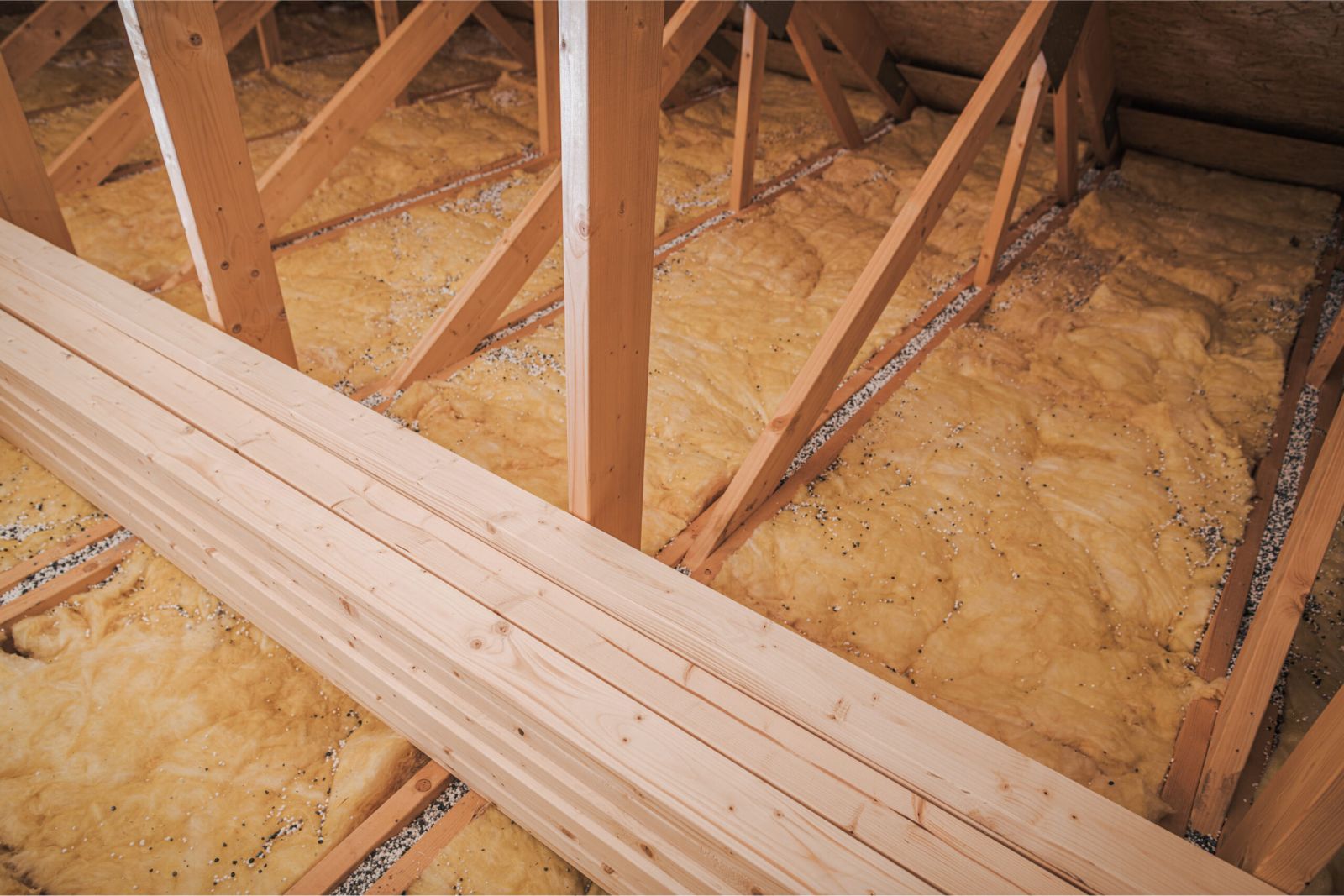

Articles
How Do You Dispose Of Insulation
Modified: January 24, 2024
Looking for articles on how to dispose of insulation? Discover effective methods for safely getting rid of insulation materials in this informative guide.
(Many of the links in this article redirect to a specific reviewed product. Your purchase of these products through affiliate links helps to generate commission for Storables.com, at no extra cost. Learn more)
Introduction
Insulation plays a crucial role in keeping our homes and buildings comfortable, by regulating temperature, reducing energy consumption, and minimizing noise transmission. However, there may come a time when we need to dispose of old or damaged insulation. Whether you are renovating your home, upgrading your insulation, or dealing with insulation removal due to damage or contamination, it’s essential to understand the proper methods of disposal.
Disposing of insulation can be a challenge, especially considering its environmental impact. Many types of insulation are made from materials that are not easily biodegradable and can have adverse effects on the environment if not handled and disposed of correctly.
This article aims to provide insights into the different options available for the disposal of insulation, including recycling, donation, reusing, and proper disposal methods. By understanding these options, you can make informed decisions to reduce waste, preserve the environment, and potentially even contribute to community initiatives.
Key Takeaways:
- Proper insulation disposal involves recycling, donation, or responsible landfill disposal. Understanding the environmental impact and local regulations is crucial for minimizing waste and promoting sustainability.
- Different insulation types require specific disposal methods. Recycling cellulose and fiberglass, donating reusable insulation, and following local guidelines are key steps to responsible disposal.
Read more: How Do You Insulate A Garage Door
Common Types of Insulation
Before we delve into the disposal methods, let’s first familiarize ourselves with the most common types of insulation. Understanding the materials used can help determine the appropriate disposal method.
- Fiberglass Insulation: Fiberglass insulation is made from tiny glass fibers and is commonly used in residential and commercial buildings. It comes in rolls, batts, or loose-fill form. Proper disposal of fiberglass insulation is essential to avoid the release of harmful fibers into the environment.
- Spray Foam Insulation: Spray foam insulation is a versatile and energy-efficient option that expands upon application. It is often used in hard-to-reach places and provides excellent insulation and air sealing properties. Disposing of spray foam insulation requires special considerations due to its chemical composition.
- Cellulose Insulation: Cellulose insulation is made from recycled paper products and is an eco-friendly option. It is commonly used in attics and walls. The recycling potential of cellulose insulation is significant and should be explored before disposal.
- Mineral Wool Insulation: Mineral wool insulation is made from mineral fibers, typically basalt or recycled slag. It has excellent thermal and acoustic insulation properties. The proper disposal of mineral wool insulation involves handling it as potentially hazardous waste due to its composition.
- Reflective Insulation: Reflective insulation consists of layers of foil or metallic-coated materials that reflect radiant heat. It is often used in attics and can reduce heat transfer. Reflective insulation can be recycled or reused in certain cases.
These are just a few of the common types of insulation, and each has its unique disposal considerations. It’s crucial to identify the type of insulation you have before deciding on the disposal method.
Environmental Impact of Insulation Disposal
Disposing of insulation improperly can have significant environmental implications. Many insulation materials are made from non-biodegradable substances or contain chemicals that can be harmful if released into the environment. Understanding the environmental impact of insulation disposal is essential to make environmentally responsible choices.
One concern with insulation disposal is the potential release of harmful fibers or particles. Fiberglass insulation, for example, can release tiny glass fibers into the air if mishandled or not properly sealed. These fibers can cause respiratory issues if inhaled and can contaminate soil and water sources if not contained properly.
Another environmental consideration is the energy and resources used in the production and manufacturing of insulation materials. Improper disposal of insulation means wasting these resources and contributing to the carbon footprint associated with their production.
Additionally, some insulation materials contain chemicals that can be harmful to the environment. For instance, some spray foam insulation products may contain volatile organic compounds (VOCs) that can pollute the air and have adverse effects on air quality. Disposing of these materials without proper precautions can lead to contamination of landfills or nearby ecosystems.
The improper disposal of insulation also contributes to the overall waste management problem. Landfills are already overflowing with waste, and adding insulation materials to the mix only exacerbates the issue. By adopting proper disposal methods and exploring recycling or reusing options, we can minimize the burden on landfills and promote a more sustainable approach.
Considering these environmental impacts, it is crucial to approach insulation disposal with care and responsibility. By choosing the right disposal method and exploring recycling or reuse options, we can minimize the negative impact on the environment and work towards a greener future.
Recycling Insulation Materials
Recycling insulation materials is an excellent way to reduce waste and support sustainable practices. While not all types of insulation are easily recyclable, some materials can be repurposed or transformed into new insulation products.
One common material that can be recycled is cellulose insulation. Made from recycled paper, cellulose insulation can be processed and turned back into cellulose fibers for use in new insulation products. Many recycling facilities accept cellulose insulation and have specialized equipment to separate the fibers from contaminants.
Fiberglass insulation can also be recycled. While the process can be more challenging due to the tiny glass fibers, some recycling centers have the technology to handle fiberglass insulation. The insulation is typically shredded and processed, and the glass fibers can be used to create new fiberglass products or incorporated into other construction materials.
When it comes to spray foam insulation, recycling options may be more limited. However, some companies have developed innovative processes to recycle spray foam insulation. These processes involve breaking down the foam and converting it into reusable materials or energy sources.
It’s important to note that recycling insulation materials may not be widely available in all areas. The availability of recycling centers and facilities that accept insulation can vary depending on your location. Therefore, it’s crucial to research local recycling options and contact relevant organizations or recycling centers to inquire about their acceptance of insulation materials.
Before recycling, it’s essential to prepare the insulation for proper disposal. Remove any contaminants or foreign objects, such as plastic, nails, or other construction debris, as they can hinder the recycling process. Clean and dry the insulation material as much as possible to improve its recyclability.
By recycling insulation materials, we can reduce waste, conserve resources, and contribute to a more sustainable future. It’s worth exploring local recycling options and supporting initiatives that promote the recycling of insulation materials.
When disposing of insulation, check with your local waste management facility for guidelines. Some types of insulation can be recycled, while others may need to be disposed of as hazardous waste. Always follow proper safety precautions when handling insulation.
Donating or Reusing Insulation
Donating or reusing insulation is a fantastic way to minimize waste and help others. If you have insulation that is still in good condition and suitable for reuse, consider donating it to individuals or organizations in need.
One option is to reach out to local community or nonprofit organizations that focus on housing or home improvement projects. These organizations may accept donations of insulation materials to assist low-income families or individuals in making their homes more energy-efficient. Reusing insulation not only reduces waste but also helps improve the comfort and energy efficiency of homes for those who may not have the resources to purchase new materials.
Additionally, you can explore online platforms or social media groups dedicated to building materials exchange or donation. These online communities allow people to connect and offer or request insulation materials. This allows you to find individuals or projects that can benefit from your unused insulation.
Before donating or reusing insulation, ensure that it meets safety and quality standards. Insulation that has been damaged, contaminated, or has exceeded its recommended lifespan may not be suitable for reuse and should be disposed of properly.
When reusing insulation, it’s important to follow best practices to ensure proper installation and effectiveness. Insulation should be properly cleaned, inspected for any damage, and installed in accordance with industry standards and local building codes.
By donating or reusing insulation, you can make a positive impact on both the environment and the lives of others. It’s a sustainable and considerate approach to reducing waste and helping those in need.
Read more: How Do You Install Insulation In Walls
Proper Disposal of Insulation
When it comes to proper disposal of insulation, it’s essential to prioritize environmental responsibility and adhere to local regulations. Disposing of insulation materials in the correct manner helps prevent environmental contamination and reduces the burden on landfills.
Here are some guidelines for the proper disposal of insulation:
- Check local regulations: Before disposing of insulation, check the regulations and guidelines set by your local municipality or waste management authorities. Different regions may have specific rules regarding the disposal of insulation materials, especially those that are considered hazardous.
- Minimize waste: Reduce the amount of insulation waste by properly estimating and planning your insulation project. Measure accurately and avoid excessive overages. This can help minimize the need for disposal in the first place.
- Separate materials: If your insulation contains different materials, such as paper backing or foil, separate them if possible. This allows for easier recycling or disposal of each component individually.
- Seal the insulation: If you have fiberglass insulation, it’s crucial to seal it properly to prevent the release of harmful fibers. Use plastic bags or containers to contain loose-fill or batt insulation before disposal.
- Dispose of hazardous materials safely: Some insulation materials, such as spray foam insulation, may contain hazardous chemicals. Follow the manufacturer’s instructions for proper disposal of these materials. Contact local waste management authorities, hazardous waste collection centers, or recycling facilities to inquire about specific disposal procedures.
- Consider professional disposal services: If you are dealing with a large amount of insulation or need assistance with disposal, consider hiring professional services that specialize in insulation removal and disposal. These experts are knowledgeable about local regulations and can ensure proper disposal.
Remember, proper disposal of insulation is essential to protect the environment and prevent potential health risks. By understanding and following the guidelines set by your local authorities, you can dispose of insulation responsibly and contribute to a cleaner and greener future.
Landfill Disposal of Insulation
While landfill disposal should be the last resort for insulation, there may be instances where it is the only available option. When disposal in landfills becomes necessary, it’s important to take certain precautions to minimize the environmental impact.
Here are some considerations for landfill disposal of insulation:
- Confirm landfill acceptance: Before bringing insulation to a landfill, ensure that they accept the specific type of insulation you have. Contact the landfill facility or check their website for guidelines on acceptable waste materials.
- Wrap and contain insulation: To prevent the release of loose fibers or particles, it is crucial to wrap and contain insulation properly. Use heavy-duty plastic bags or sealable containers to secure the insulation before disposal.
- Separate hazardous materials: If your insulation contains hazardous materials, such as certain types of spray foam insulation, separate them from non-hazardous materials. Follow the instructions provided by the manufacturer or consult waste management authorities for proper handling and disposal.
- Dispose at authorized landfill facilities: Choose a landfill facility that is authorized and licensed to handle construction and demolition waste. These facilities are better equipped to handle bulk waste materials and may have measures in place to minimize the impact on the environment.
- Consider volume and space: Insulation can take up significant space in a landfill. If you have a large quantity of insulation, consider compacting it as much as possible to minimize the physical footprint it occupies.
- Follow local guidelines: Different regions may have specific regulations or guidelines for landfill disposal. Familiarize yourself with the local requirements, such as waste separation or documentation, and ensure compliance.
It’s worth noting that landfill disposal should be the last resort for insulation. Whenever possible, explore other options such as recycling, donation, or reusing to minimize waste and environmental impact.
Ultimately, responsible disposal of insulation, even in a landfill, involves taking precautions to prevent environmental contamination and following local regulations to ensure compliance with waste management practices.
Conclusion
Proper disposal of insulation is crucial to minimize waste, protect the environment, and promote sustainable practices. Consideration for the type of insulation, its recyclability, and reuse potential can significantly impact the environmental footprint of your insulation removal or replacement project.
Recycling insulation materials, such as cellulose or fiberglass, can help reduce waste and conserve resources. Research local recycling facilities or reach out to organizations that specialize in insulation recycling to ensure proper handling of these materials. Donating or reusing insulation that is still in good condition can benefit individuals or community organizations in need, providing energy-efficient solutions while minimizing waste.
When disposal is necessary, proper techniques and precautions should be followed. Adhere to local regulations, separate materials, and seal insulation to prevent the release of harmful fibers or particles. Be aware of any hazardous materials present in certain insulation types, such as spray foam, and dispose of them in accordance with manufacturer instructions and waste management guidelines.
While landfill disposal should be the last resort, there may be circumstances where it is unavoidable. However, even in these cases, taking steps to minimize the environmental impact by choosing authorized landfill facilities, wrapping and containing the insulation, and following local guidelines is crucial.
Ultimately, by adopting responsible disposal practices, exploring recycling and donation options, and considering the environmental impact of our actions, we can contribute to a more sustainable future. Let’s strive to reduce waste, conserve resources, and protect the environment as we dispose of insulation materials in the most responsible way possible.
Frequently Asked Questions about How Do You Dispose Of Insulation
Was this page helpful?
At Storables.com, we guarantee accurate and reliable information. Our content, validated by Expert Board Contributors, is crafted following stringent Editorial Policies. We're committed to providing you with well-researched, expert-backed insights for all your informational needs.
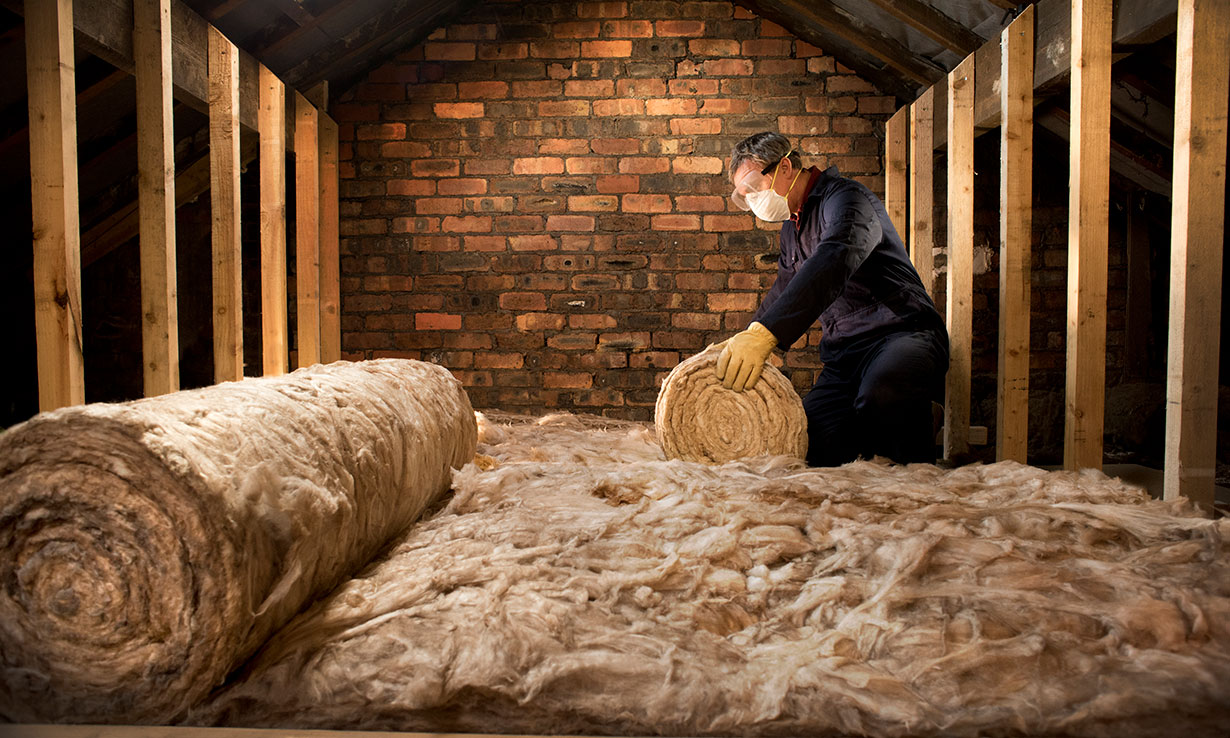

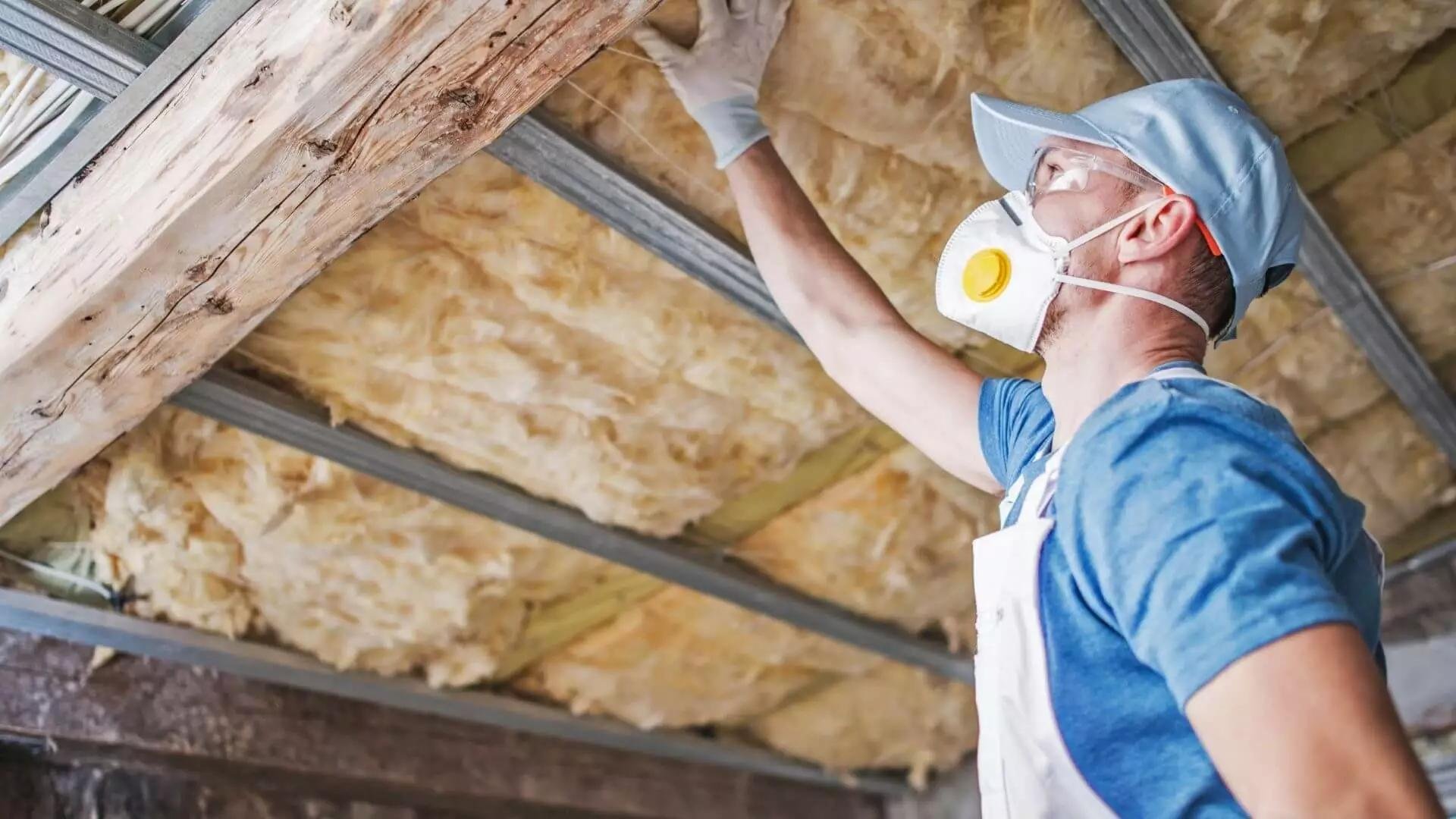
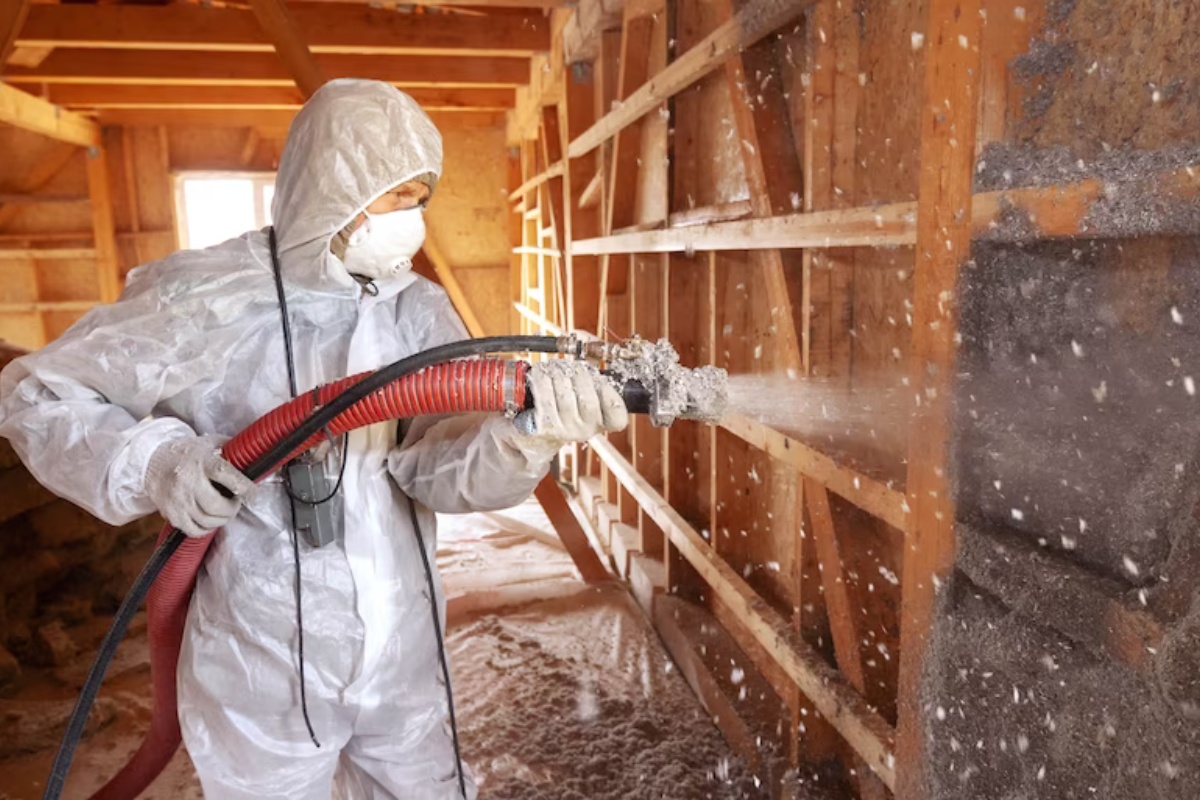
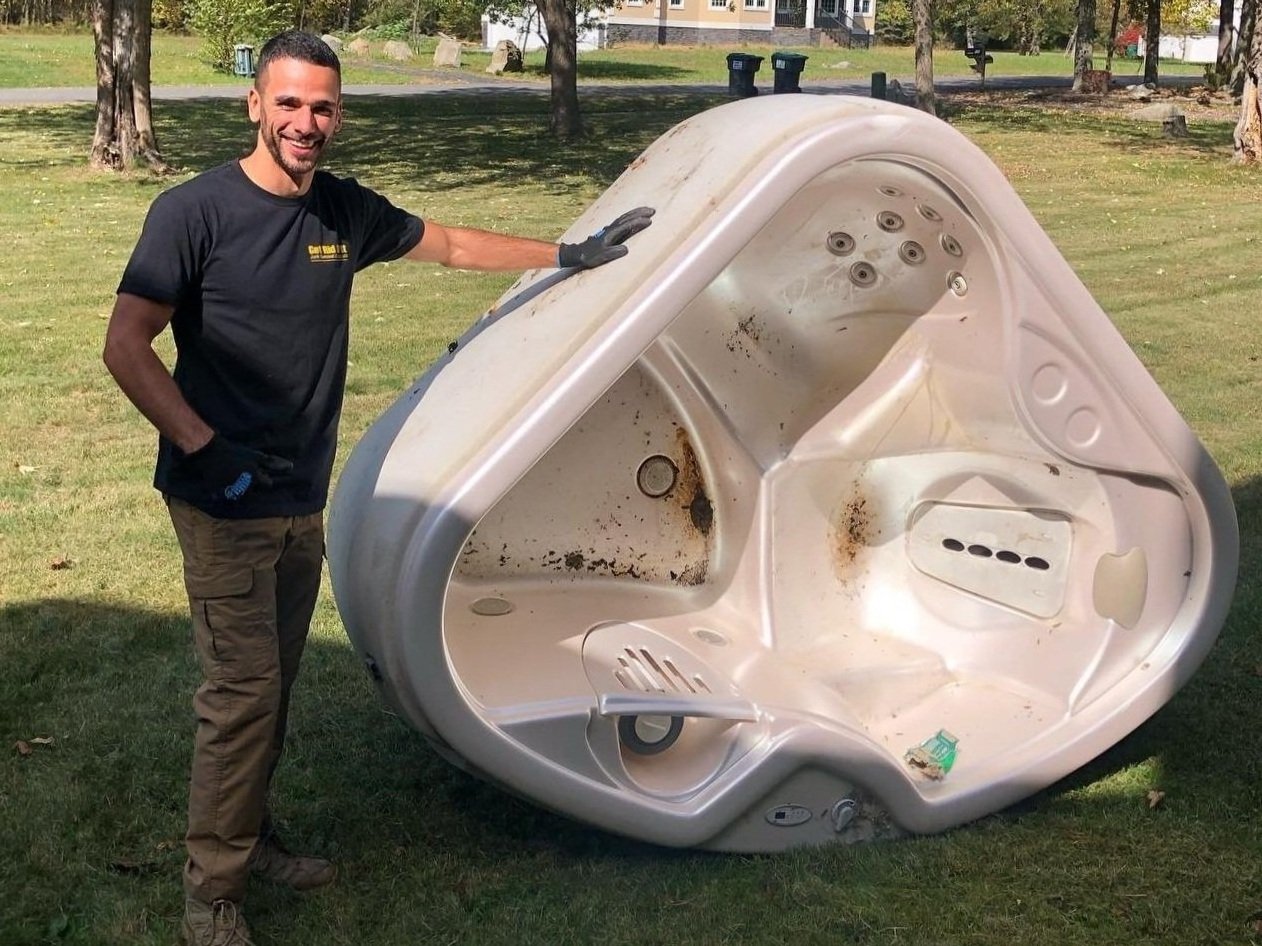
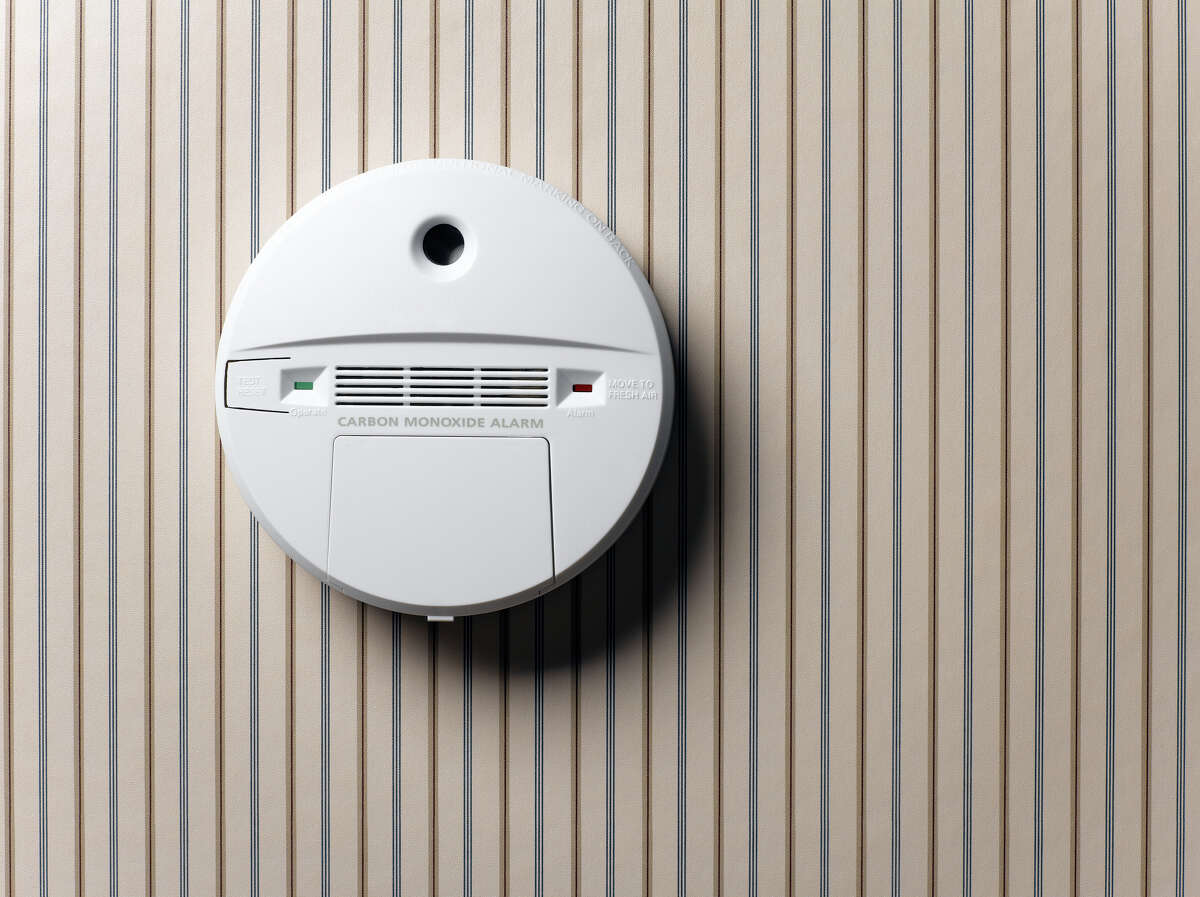
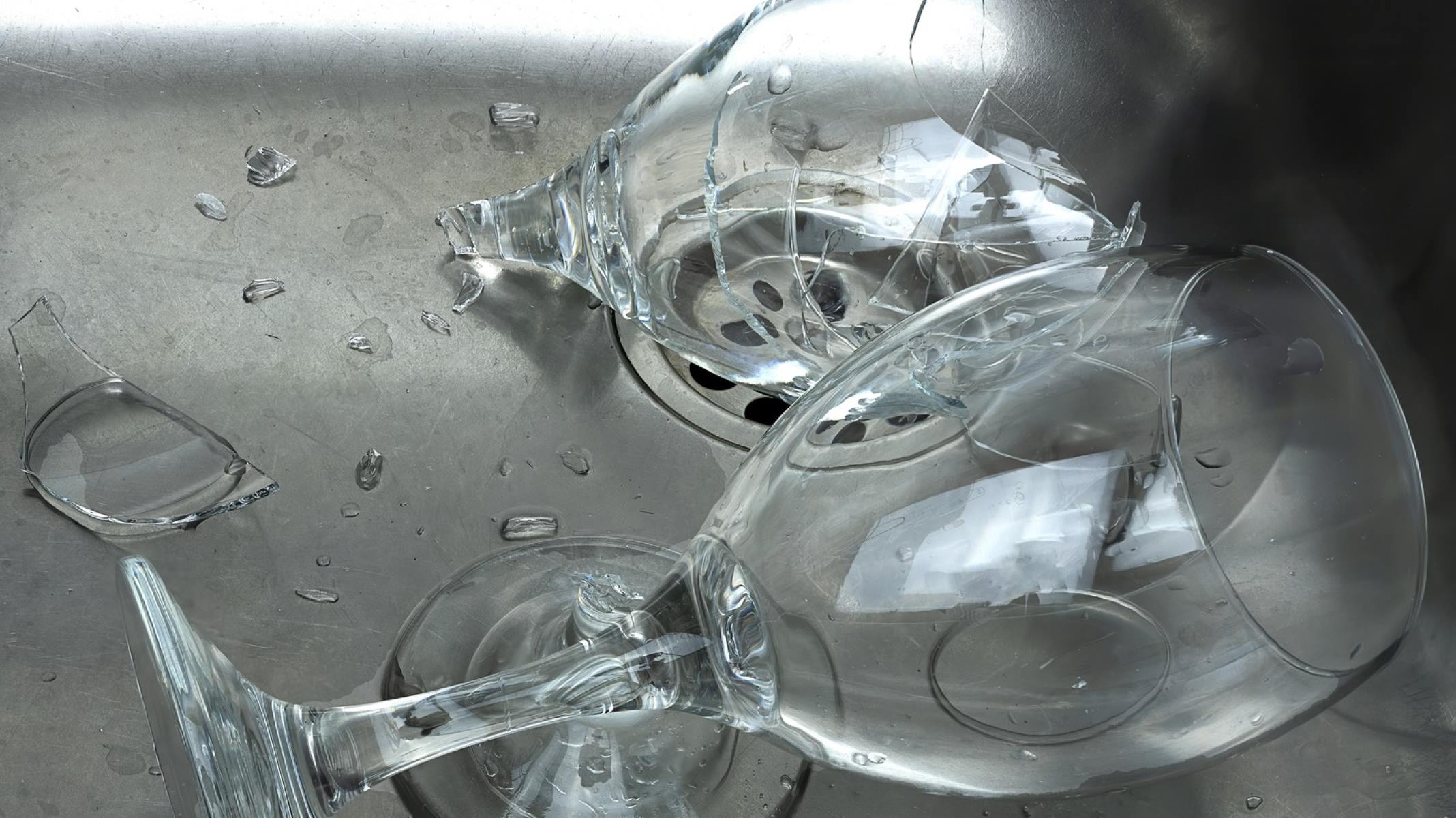

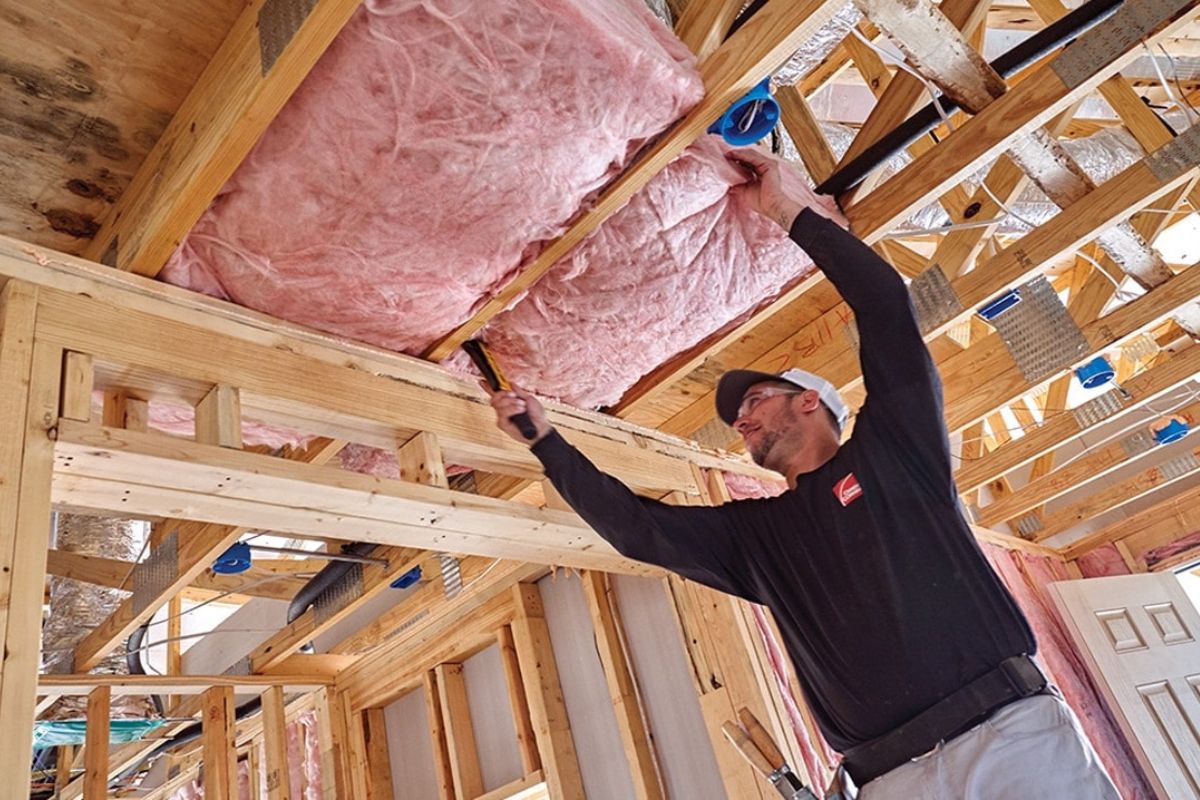

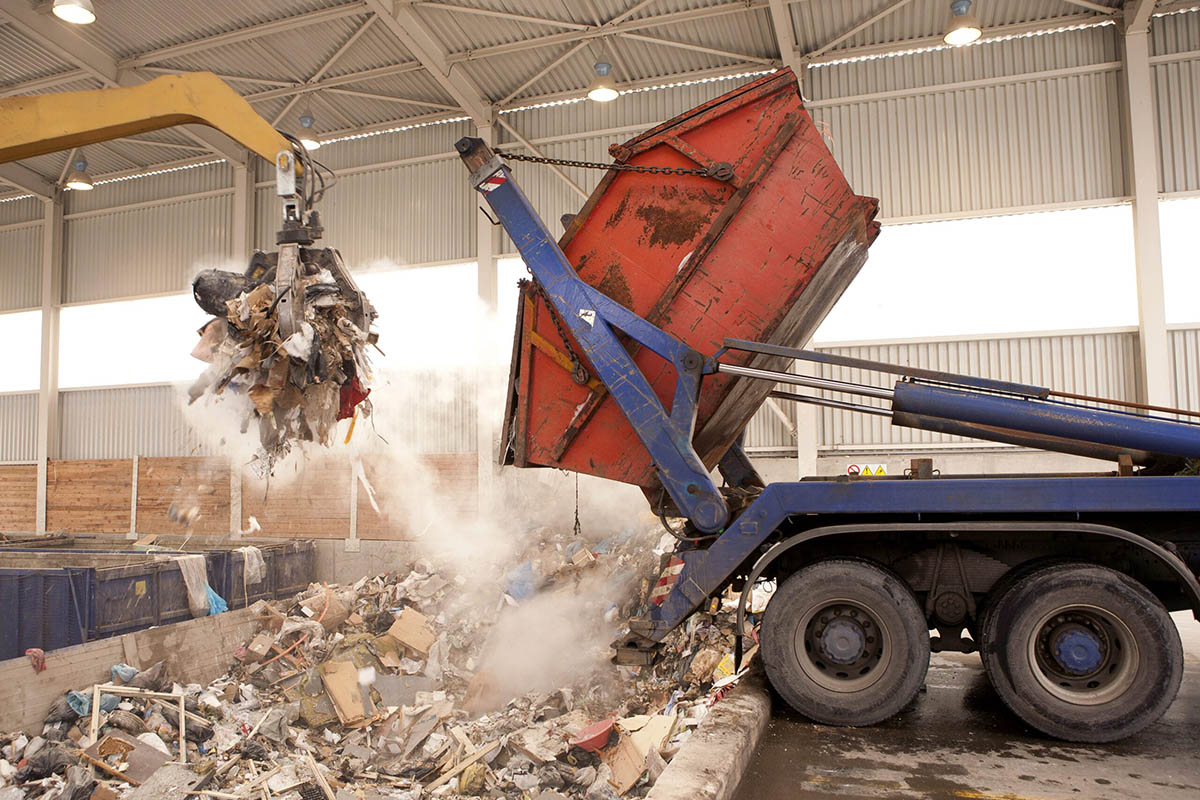
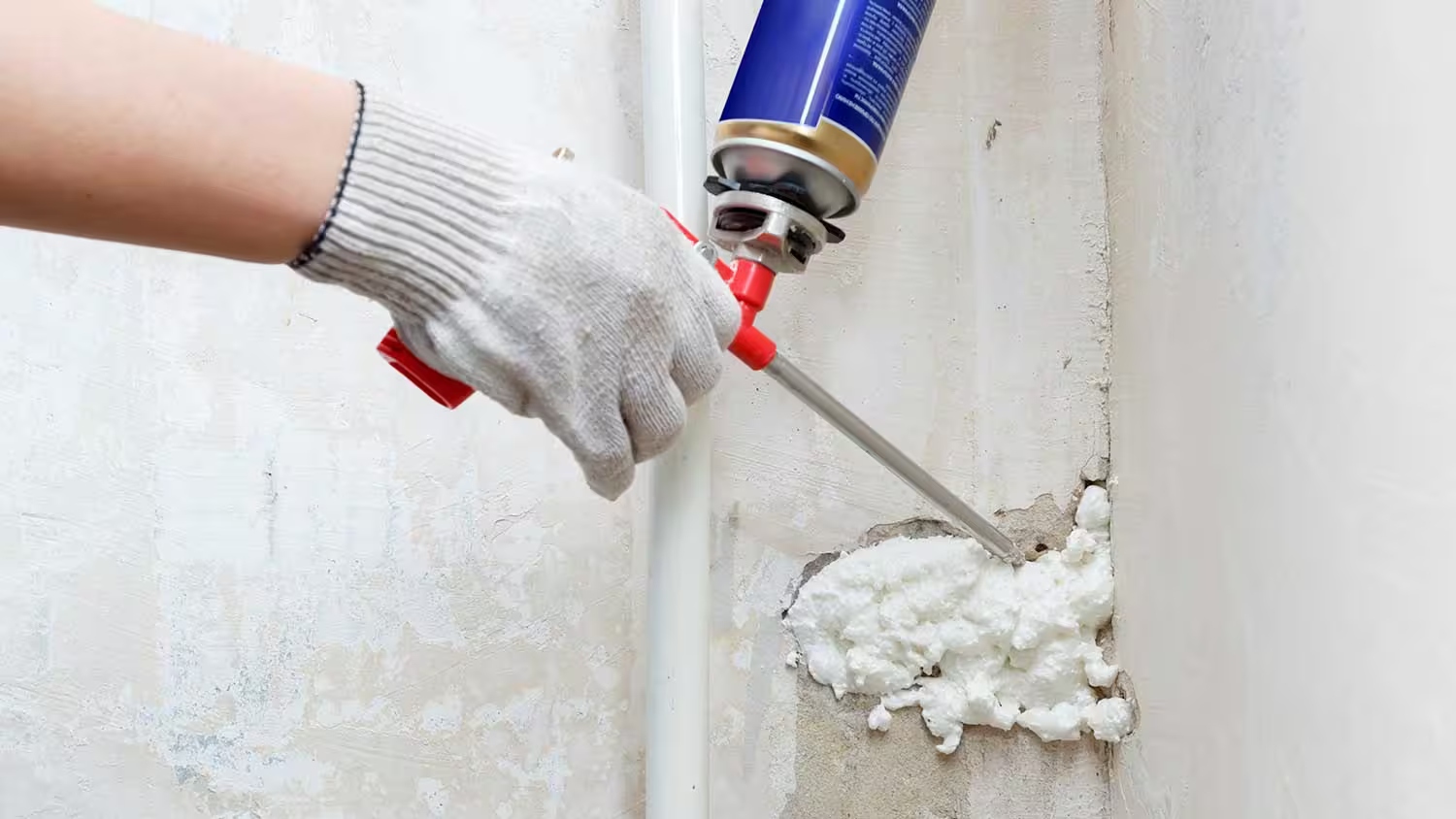
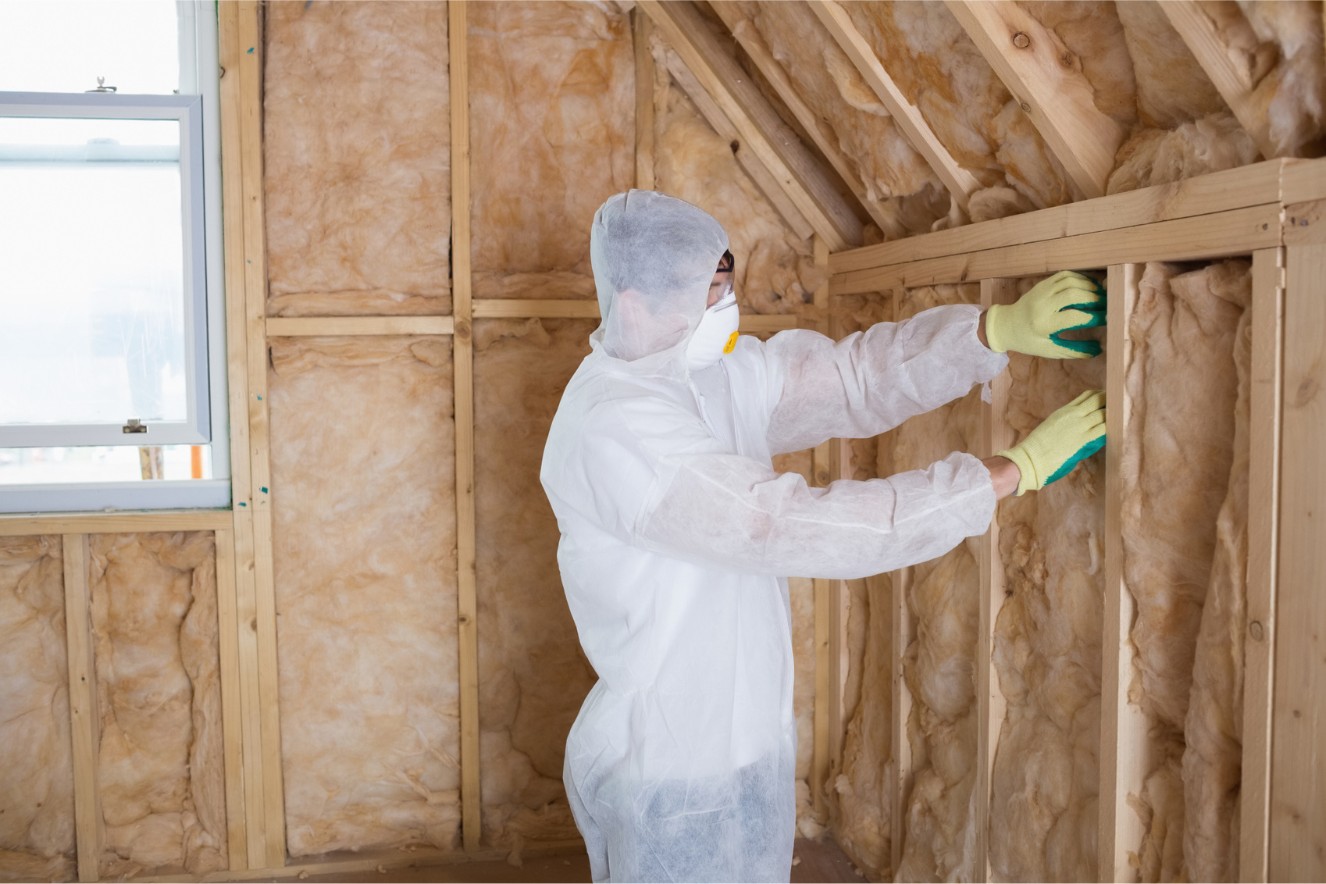
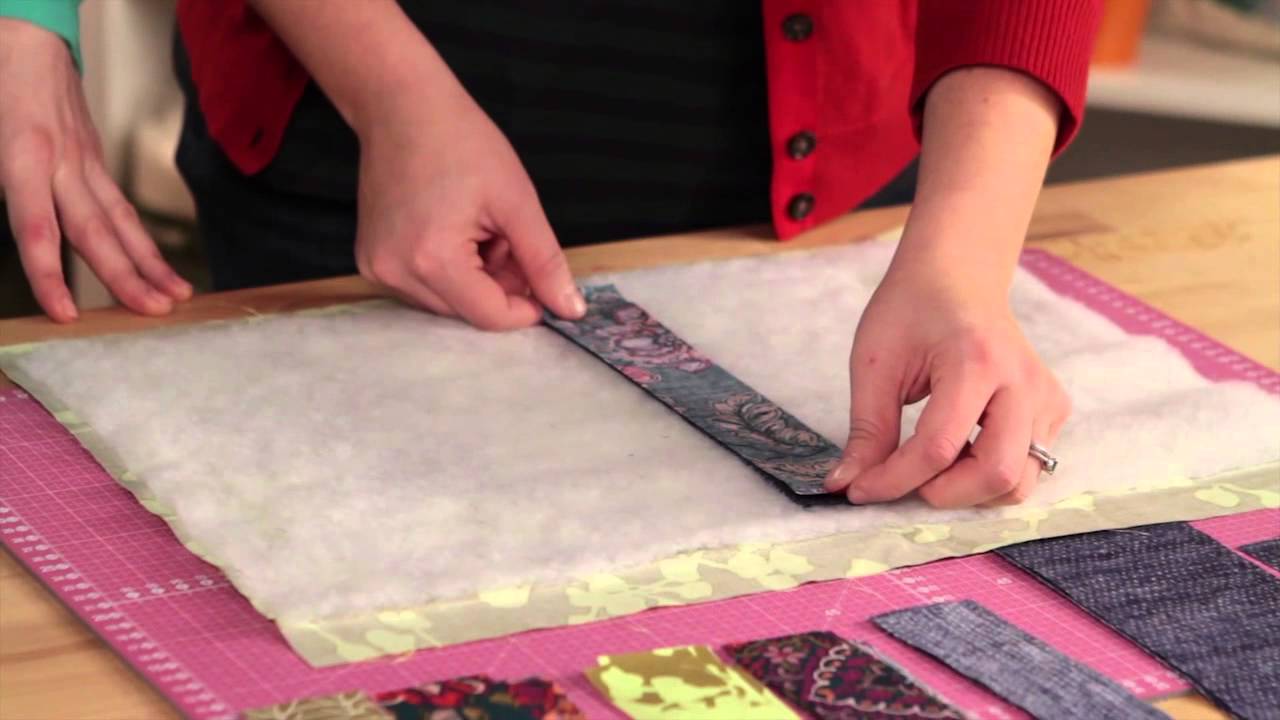

0 thoughts on “How Do You Dispose Of Insulation”